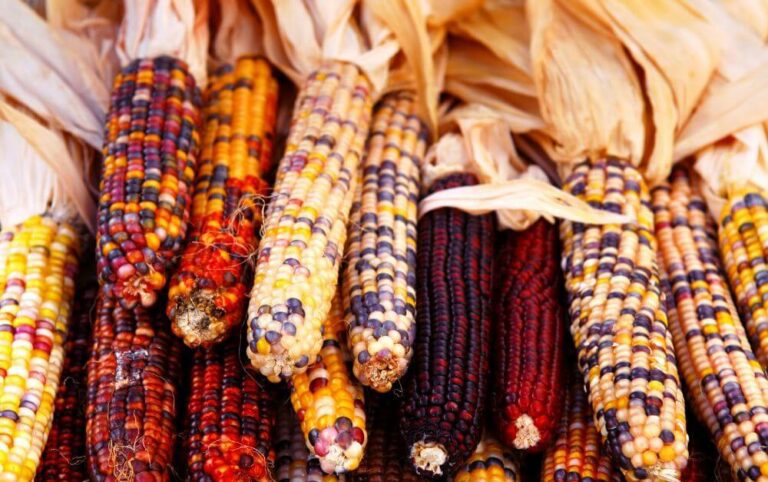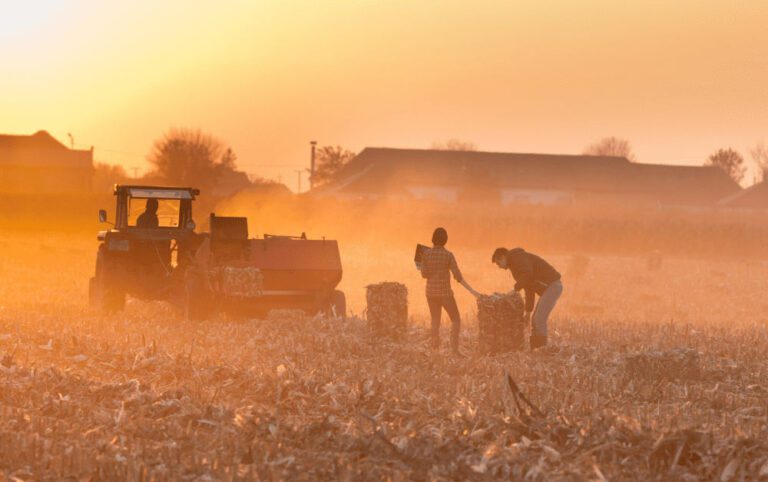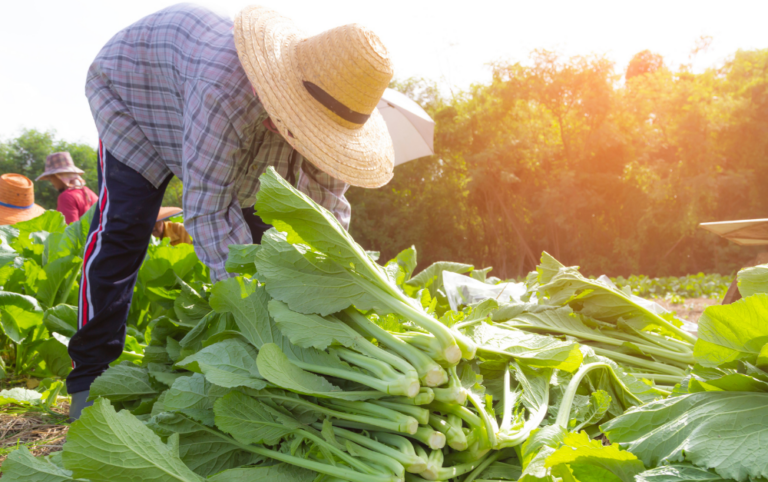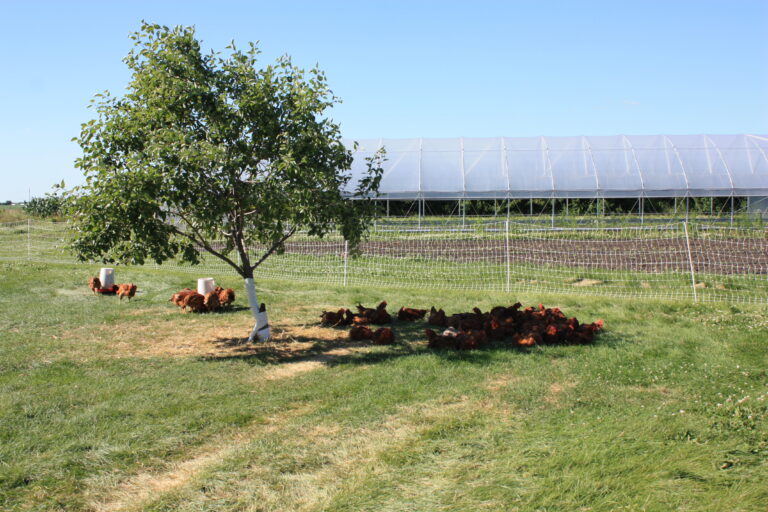On April 1, 2024, Mexico was set to follow through with its 2020 commitment to ban the toxic herbicide glyphosate (the active ingredient in Bayer’s Roundup in the USA and Faena in Mexico) by 2024. When the plan to phase out glyphosate and genetically engineered (GE) corn was originally laid out, Mexico’s government cited the purpose of the new policies as “contributing to food sovereignty and security” and the health of the Mexican people, as well as protecting native corn from contamination by GE pollen. Glyphosate is a pervasive herbicide frequently used on corn and other commodity crops, and genetically engineered corn is often modified to—among other things—be resistant to glyphosate.

News & Analysis
About every five years, the U.S. Congress passes the biggest set of food and farming policies that define the majority of federal farm, food, nutrition, and rural economic programs. At a cost of about $440 billion over five years, these programs influence: What is grown; who grows it; how it is grown or produced; what is done with those products and where they are sold; who can access and afford those goods; and how we invest in rural communities.
By supporting good legislation, opposing bad legislation, and building up a network of supporting organizations, it is our hope that we can collectively move the needle on farmworker rights in the right direction.
Watch and listen as two experienced farmers share stories and practical approaches for small-scale, diversified farms that use the principles of agroecology. This discussion may provide you with ideas that small farms where you live can adapt and thrive.
After many long days of negotiations, the U.N. Environment Programme (UNEP) made a historic move for safer food and farming by passing a resolution on highly hazardous pesticides (HHPs) that calls for action to globally phase out the use of the world’s most toxic pesticides by 2035. Tied with this resolution was the passing of a mandate for UNEP to implement this commitment by forming the Global Alliance on HHPs.
PFAS are persistent and have the potential to affect human health for many years. Some pesticides have PFAS in their formulations and others leach PFAS from their containers.
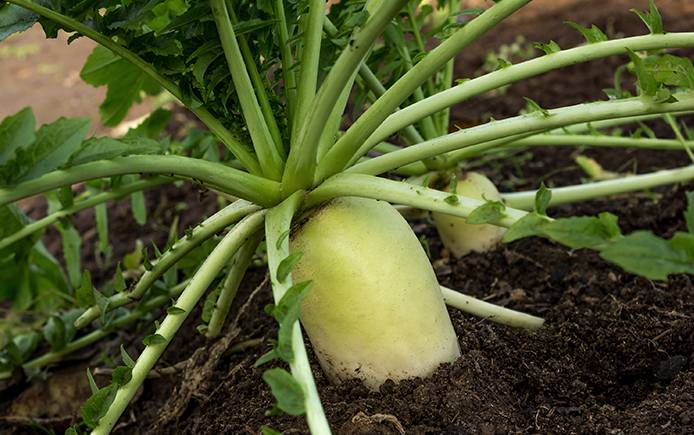
Of radishes, politics & hope
September 3, 2020
The phrase “food is political” pops up all the time in the food and farm movement world, and has particular weight right now as we head toward the finish line of this incredibly fraught and consequential election season. So what, exactly, does it mean?
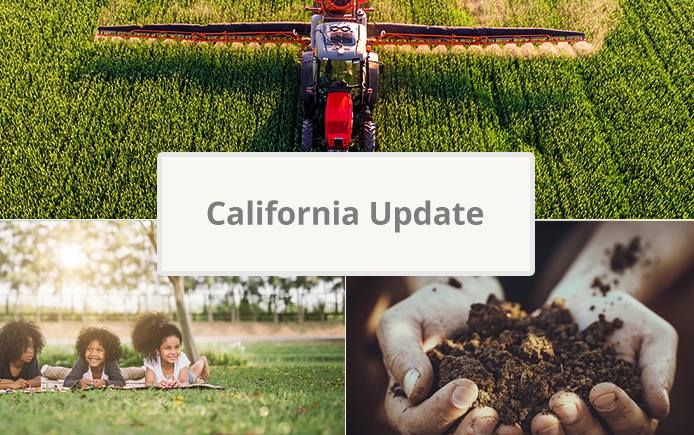
California Updates: September 2020
September 3, 2020
As California is one of the states in which PAN does on-the-ground campaign work, we send out regular updates on PAN and partners’ work in California and beyond — from pesticide-related science to opportunities to take action. If you’d like to receive these updates via email, sign up
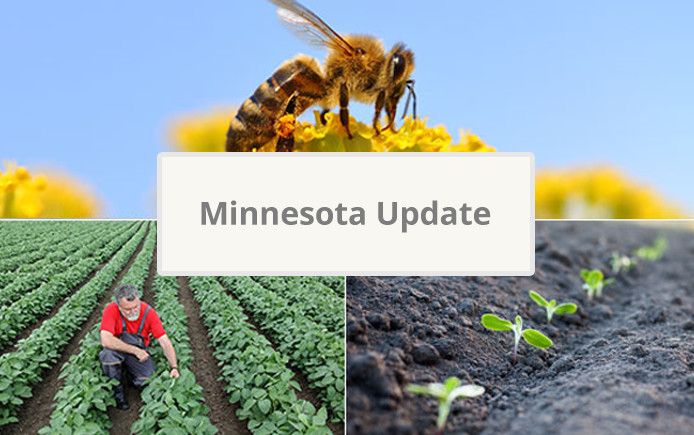
Minnesota Updates: August 2020
August 27, 2020
As Minnesota is one of the states in which PAN does on-the-ground campaign work, we send out regular updates on PAN and partners’ work in Minnesota and beyond — from pesticide-related science to opportunities to take action. If you’d like to receive these updates via email, sign up

Dismantling the postal service hurts farmers and rural communities
August 26, 2020
One of the more exciting days on the farm is the one where we get a call just after 6 AM from the local post office telling us our hen chicks have arrived. After a short drive to pick up these small balls of fluff,
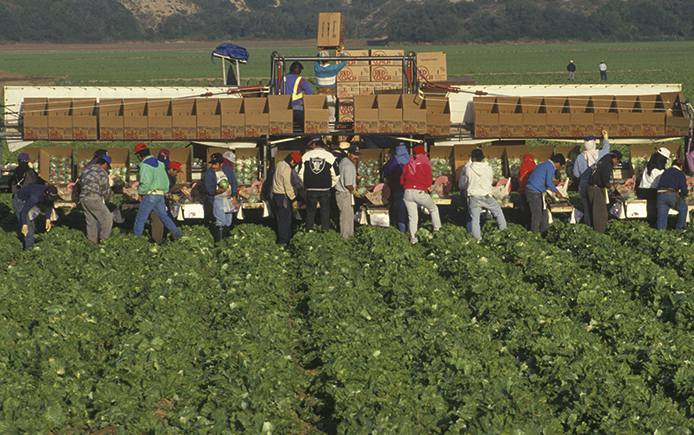
Farmworker health challenges go far beyond COVID-19
August 24, 2020
The severe health risks facing migrant farmworkers in no way began with the arrival of the COVID-19 pandemic. For decades, the nation’s 2.5 million farmworkers have suffered disproportionate health risks, including routine exposure to hazardous pesticides, heat stress, on-the-job injuries, and inadequate access to safe



